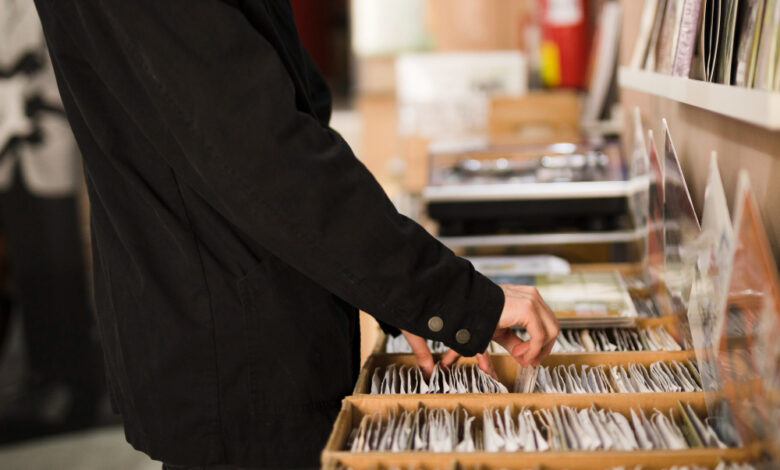Crafting Sound: The Art of Vinyl Record Production

Vinyl record production is a meticulous craft that has seen a renaissance in 2025, driven by a growing appreciation for analog sound and physical media. From indie artists to major labels, vinyl has become a symbol of authenticity and nostalgia. This blog dives into the detailed process of vinyl record production, its unique appeal, and its place in today’s music landscape.
The Production Journey
The process starts with audio mastering, where sound engineers optimize tracks for vinyl’s physical limitations. Bass frequencies are carefully balanced to prevent needle skips, and stereo imaging is adjusted for optimal playback. The mastered audio is cut into a lacquer disc using a precision lathe, creating grooves that capture the music. This lacquer is electroplated to produce metal stampers.
In the pressing stage, vinyl pellets are heated into a soft “biscuit” and pressed between stampers to form the record. After cooling, the edges are trimmed, and the record is inspected for defects. The process requires expertise, as even minor errors can result in audible flaws like pops or skips. Each record is a unique artifact, blending technology with artistry.
Quality Control and Customization
Quality assurance in vinyl record production is rigorous. Records are checked for warping, groove imperfections, and surface noise. Some plants even play-test samples to ensure fidelity. This attention to detail ensures that each record meets the high standards expected by audiophiles and collectors.
Customization options make vinyl stand out. Records can be pressed in various colors, from classic black to vibrant hues or even glow-in-the-dark vinyl. Weights like 180-gram offer enhanced durability and sound quality. Custom labels, embossed designs, and elaborate packaging—such as gatefold sleeves or picture discs—add to the collectible allure, making each release a work of art.
The Vinyl Appeal
Vinyl’s popularity stems from its rich, warm sound, which many listeners find more authentic than digital formats. The physical interaction—placing the needle, flipping the record—creates an immersive experience. Collectors also value vinyl for its rarity, with limited editions and special pressings driving demand. Events like Record Store Day capitalize on this, offering exclusive releases that sell out quickly.
Vinyl also appeals to younger generations seeking tangible connections to music in a digital age. Artists leverage this trend by releasing albums on vinyl, often including extras like posters or lyric sheets to enhance value. The format’s resurgence has even prompted retailers to expand vinyl sections, catering to a growing fan base.
Sustainability and Future Outlook
Vinyl record production faces challenges, such as limited pressing plants and environmental concerns due to PVC usage. Manufacturers are responding with sustainable practices, like using recycled vinyl or eco-friendly packaging. Innovations in pressing technology are also improving efficiency, allowing plants to meet rising demand without compromising quality.
Vinyl’s future remains strong as long as its unique sensory and cultural appeal endures. It’s more than a medium—it’s a celebration of music as a physical, emotional experience.





